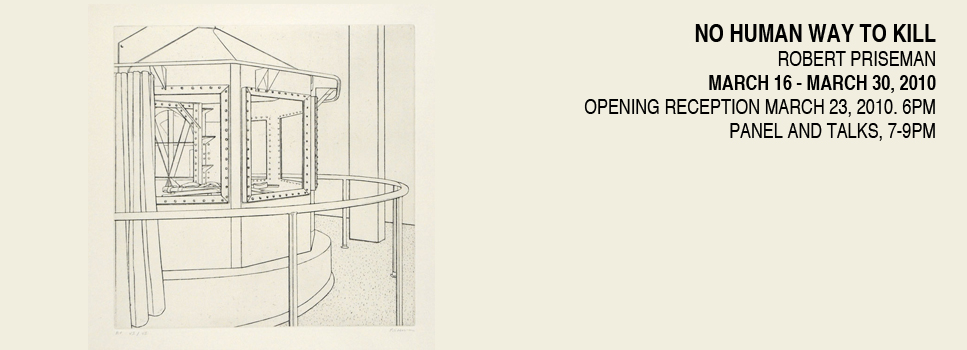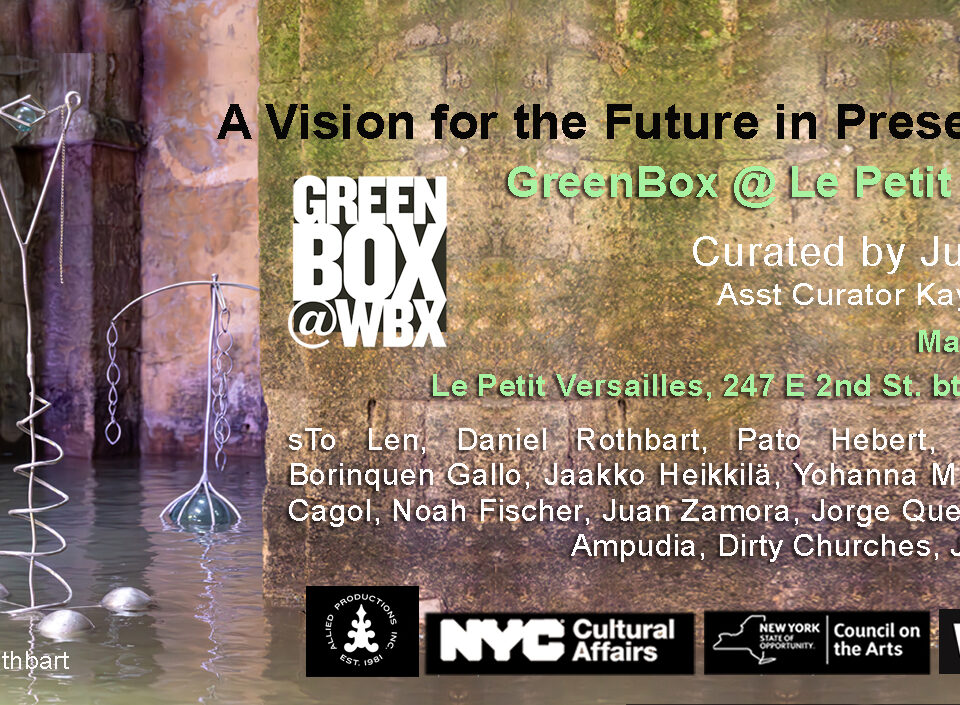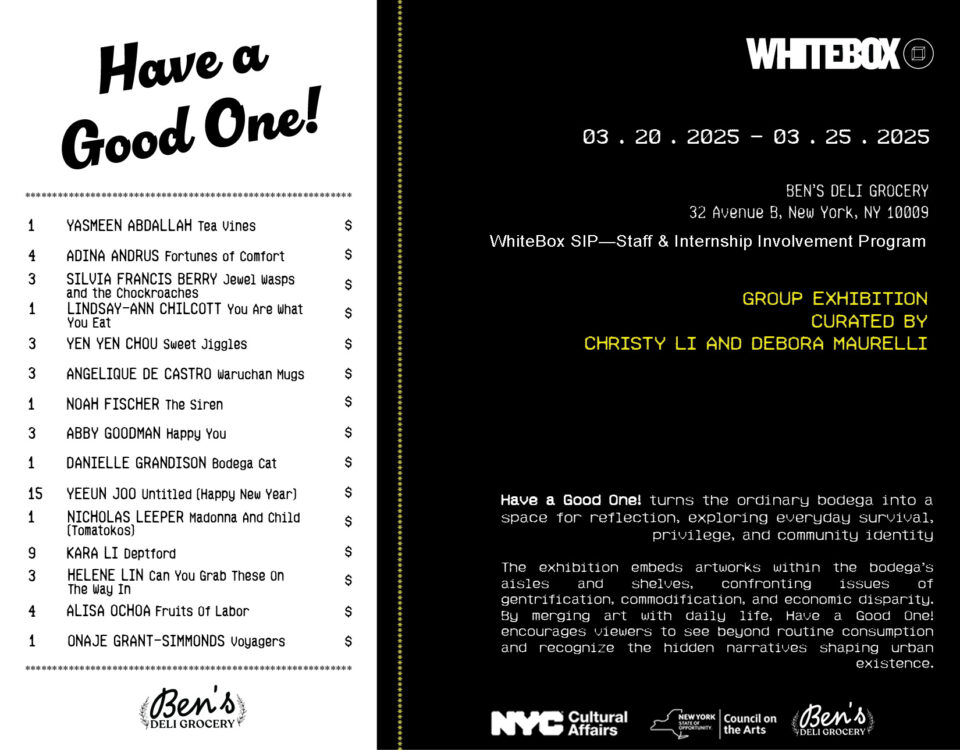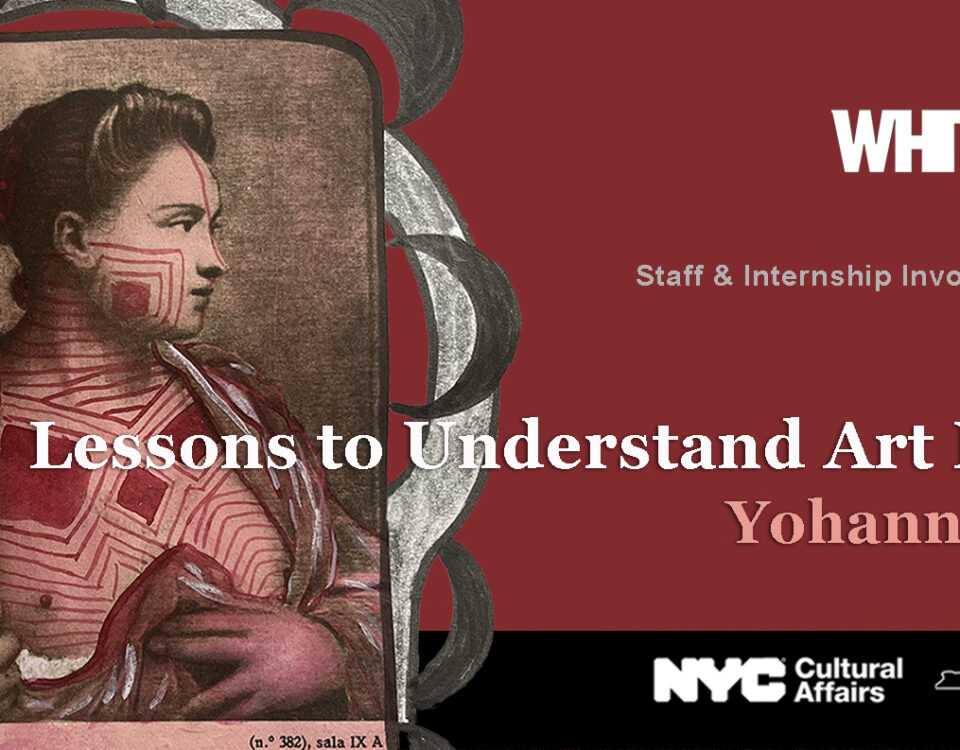Hans Breder: Inmixing
December 8, 2009TOMATO GREY: 18° of Acclimation
May 7, 2010Robert Priseman
March 16 – March 30, 2010
Opening Reception March 23, 2010. 6pm.
Panel and talks by Robert Priseman, Rev. Cathy Harrignton and Sir Nigel Rodley. 7-9pm
No Human Way to Kill at White Box New York is one of the most challenging art events of 2010. This landmark exhibition and book launch presents a series of paintings, drawings and new book focused on the subject of the death penalty in the US by British artist Robert Priseman.
The paintings were first shown in London where they caused a stir on the British art scene:
“The acclaimed cutting‐edge painter took over the gallery with his searing and terrifying meditations on the various execution methods still on the statute books in the United States. This had to be one of the gallery‟s most talked about shows.” Jean‐Paul Pryor, Dazed & Confused Magazine
A visit to see Robert Priseman’s images of American execution chambers is no easy experience. Standing in front of the almost life‐size paintings, you, as the visitor, are the only person in the painting and therefore the execution ‘room’. There is no escaping from a full‐on confrontation with the perversity of the death penalty and the reality of your own mortality.
“I wanted to explore the strangeness of execution as I see it,” says Priseman. “I discovered that all the different equipment contains its own inherent peculiarities. When executing someone, why would you go to the trouble of placing a mattress on a gurney, or leather padding on an electric chair? These details reveal a disquiet felt by those engaged in the process of putting someone to death. The inventiveness in the variety of methods employed to kill people also troubles me – they seem to indicate a process of ritual, which in turn distances those involved from the act.”
The works are based on years of research to uncover rare images of execution rooms in America, most of which forbid any photography or visits by the uninvited. This new exhibition is presented in association with Firstsite Contemporary Art in the UK. The book ‘No Human Way to Kill’ is published in conjunction with the Human Rights Centre at University of Essex and Amnesty International and promoted by Human Rights Watch. It opens with an account from Rev. Cathy Harrington whose daughter Leslie Ann Mazzara was lost to murder. Cathy negotiated a life sentence for her daughter‟s murderer, Eric Copple, who had potentially been facing the death sentence. This moving personal story is followed by a view of what life is like from inside death row at San Quentin by PEN winner Anthony Ross who was a former Crips gang member alongside Stanley „Tookie‟ Williams. Former Texas prison Warden and Peabody recipient, Jim Willett, who oversaw 89 executions, gives a detailed description of how an execution is carried out.
Panel and talks by Robert Priseman, Rev. Cathy Harrignton and Sir Nigel Rodley




